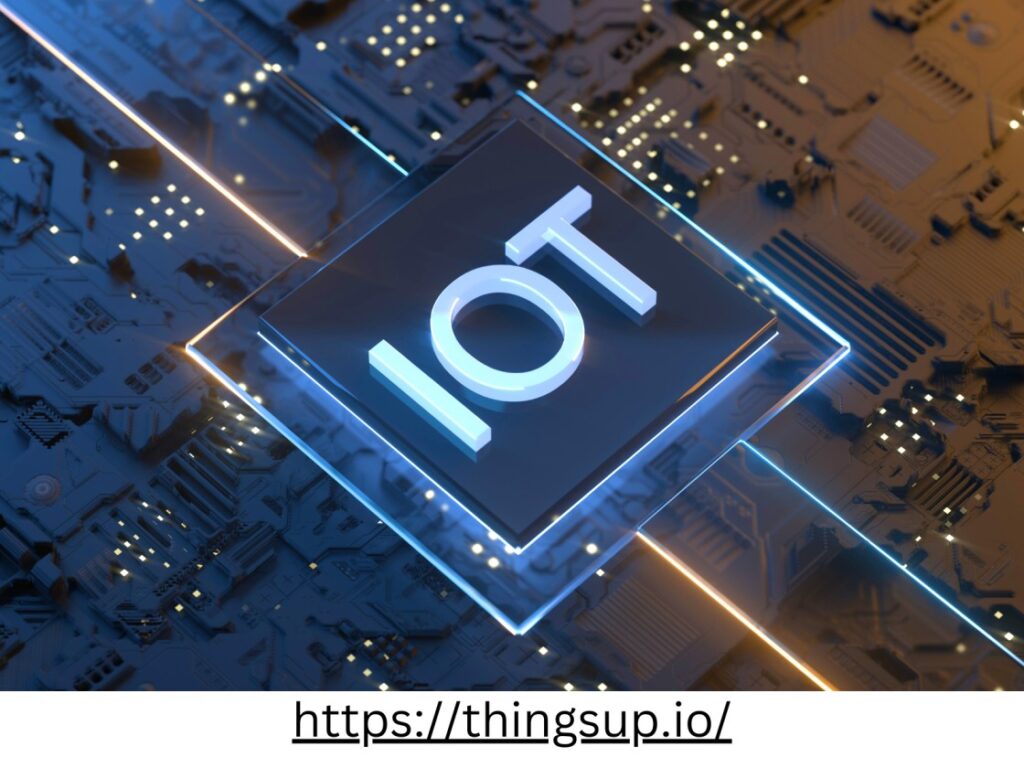Homeowners are more and more using technology in an effort to control their electricity usage as costs go up, and people begin to focus more on sustainability. Within those technologies the home energy monitors have become adopted as means for monitoring energy use and potential savings. But the question remains: So are home energy monitors going to be worth it in the long run?
This paper examines the advantages, issues, and worth of home energy monitors, including an understanding of how IoT platforms and energy monitoring systems help making them work.
What is Home Energy Monitor all about?
A home energy monitor is defined as a gadget that measures a home’s electricity consumption as it happens. These devices are normally wired directly in the electrical utility room in a home and enable homeowners to understand the flow of energy in their homes with a view of using such information to reduce the amount of energy used unnecessarily.
Key features of modern home energy monitors include:
Real-time Data Tracking: This can be done on an appliance by appliance basis, or overall for the entire house.
Mobile App Integration: Use smartphone apps to gain access to energy usage information.
IoT Compatibility: Certain monitors even connect to IoT platform in order to gather more insights about the systems and automate the processes at an upper level.
Cost Estimation: This helps in the budgeting section to be able to develop an expected fate of the energy consumption costs.
How Home Energy Monitors Work
Home energy monitors use sensors or clamps which are fitted to the incoming supply line of the home. These sensors calculate the consumption of electricity and forward the data to an IoT hub or a cloud space. From there, users can get full reports and use live data feeds via a web browser or an app for their smartphones.
Other sophisticated platforms are also compatible with smart home environments make it possible to automate such operations as switching off appliances when they are not in use.
The Advantages/Uses or Home Energy Monitors
1. Identifying Energy Hogs
Home energy monitors have the ability to identify which appliance or system in the home utilizes most energy. For example, they can indicate that dated refrigerator or an air conditioning system contributes to a major part of electric usage.
2. Promoting Energy Efficiency
With such data collected in real-time, the homeowners can change their behavior to minimize energy use. For instance, they might begin to operate their washing machines during periods other than the most favorable time for electricity consumption.
3. Cost Savings
These methods help homeowners to reduce their water and power consumption bills in the simplest way. In the long run, the money saved surpasses the cost of the monitor itself is explained here.
4. Environmental Impact
Cutting energy consumption is beneficial to monetary expenditure as well as CO2 emissions, therefore acting pro-environment.
5. Enhanced Awareness
Most of the time people do not know how much energy their house uses on any particular day. A home energy monitor is an informative tool that submits to efficiency and responsibility.
IoT platforms involvement in energy monitoring
Today, it is challenging to overestimate the importance of IoT platforms in improving the operation of home energy monitors. These platforms collect, process, and analyze data from the monitors, offering advanced features such as:
Predictive Analytics: IoT platforms are able to take prior data to forecast future energy consumption and even come up with the most effective ways of using it.
Integration with Smart Devices: Connectivity to IoT supports energy monitors in operating smart thermostats, lightings and appliance to support automated energy conservations.
Alerts and Notifications: IoT platforms can inform when energy usage is high and can identify such problems as bad appliances or electrical leakage.
Cloud Storage and Remote Access: The four benefits of the system include: flexibility since users can view energy data and share information at the comfort of their homes.
Has The Old Home Energy Monitor Become An Expensive Commodity?
Factors to Consider
Upfront Cost: Advanced energy monitors cost between $100 and $500. To some, this initial cost may appear high given certain expectations of the households towards this meal.
Savings Potential: The amount that you save depends with the energy that you use at the beginning and your ability to change this norm. The would-be customers are confident that energy monitors shave 10 – 20% off electricity bills on the average.
Ease of Installation: Dual zone models, as mentioned earlier may be self-installed while others may need professional help which increases the total cost.
Features and Compatibility: For specific settings, detailed appliance monitoring and utilization of Internet of Things or Mobile application. It may well worth the while for the tech-savvy users.
Advantages & Disadvantages of Home Energy Monitors
1. Data Overload
Energy monitors inundate users with data which can be disadvantageous in a way particularly to those who are not computer literate. To avoid this, simplified dashboards and summary options are used.
2. Upfront Cost
The problem though is that the initial investment is high though savings grow in value as time goes by.
3. Limited Impact Without Action
Any energy information is given by energy monitors but the gains come in when people put into practice the details given.
4. Compatibility Issues
This may be true for some of the older houses or electrical systems which may not be compatible with today’s energy monitors.
When are Home Energy Monitors Merely a Waste of Money?
Home energy monitors are particularly beneficial for:
High-Energy Households: People from houses with high energy bills can realize great savings, especially if they have many appliances.
Environmentally Conscious Individuals: Those who goals is to minimize their impact on the environment will also derive value from monitoring and minimizing energy consumption.
Tech-Savvy Users: It means that people getting used to IoT platforms and mobile apps, can fully enjoy the opportunities offered by these devices.
Homeowners with Smart Devices: Existing smart home systems provide compatibility, which improves the level of automation and management.
Conclusion
Home energy monitoring system are effective in helping homeowners in controlling their usage in energy, cost, and environmental conservation. Although homeowners may not have the financial capacity to undertake such projects. The long term gains resulting from an environmentally friendly home makes the investment worthwhile especially where actual changes are planned to be undertaken.
These devices provide Levels of insight and control that no other device or appliance can offer by linking with IoT platforms and participating with smart home technologies. For you to cut on your energy bills, waste and go green, then using a home energy monitor is just the way to go.
Also Visit: paywall management for magazine





